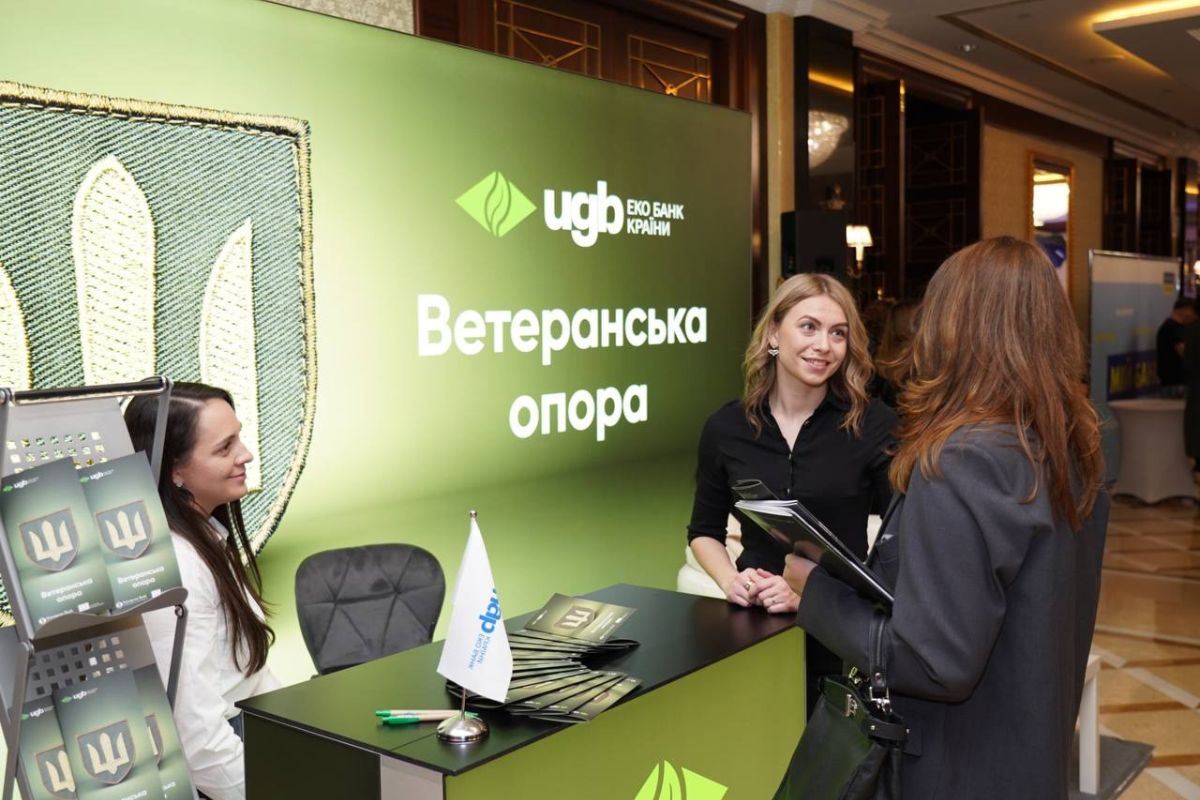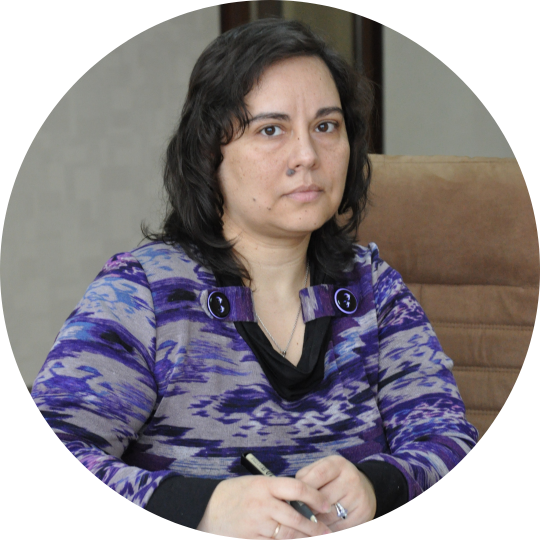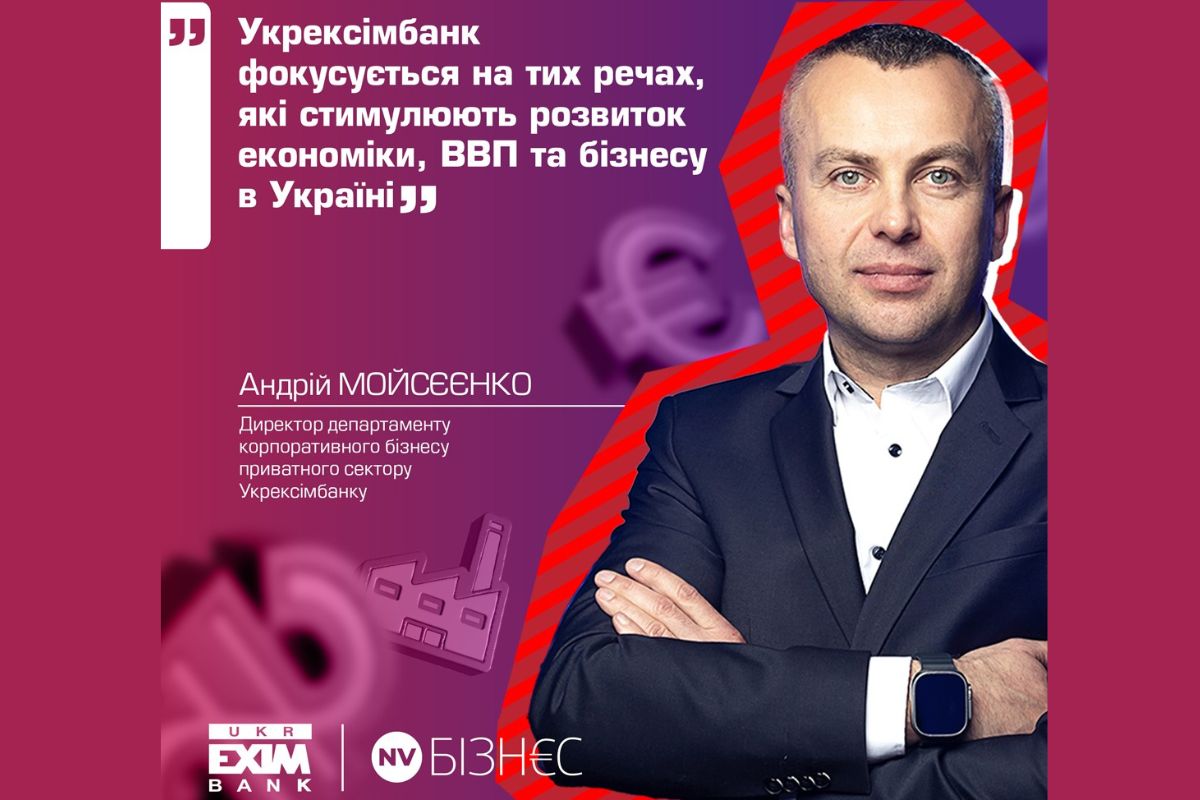Card restrictions introduced to prevent abuse and illegal activities through the P2P transfer mechanism are still in effect in end-user commercial banks. And from June 1, 2025, new rules for card transfers will come into force: the limit for medium and low-risk clients will be reduced from UAH 150,000 / month to UAH 100,000 / month, while for high-risk clients it remains at UAH 50,000 / month.
Currently, the state bank applies restrictive measures in case of atypical activity on a card account or exceeding the transfer limit. First of all, the bank can block an account that it considers suspicious.

Maryna Pavlenko, a leading expert in financial monitoring at GLOBUS BANK, explained in detail the mechanism for unblocking an account, and also provided some tips on how to avoid unwanted card blocking.
If a client receives a notification about blocking an account or cannot make any transactions (for example, pay for purchases in a store), she will not be overjoyed and will now contact the bank through any available communication channel.
"After the application, the bank may ask the client to provide documents confirming income or explanations regarding the card. It is important that the client understands such requirements," the banker noted.
In some cases, after providing explanations and documents, the client's access to the account is restored. If the information provided is insufficient or does not explain the essence of the transactions, the client is likely to change to another banking institution.
"In this case, the client himself initiates the transfer of available funds from the account," the specialist emphasized.
The bank also has the right to terminate business relations with the client on its own initiative and close the account (in accordance with Article 15 of the Law of Ukraine “On Prevention and Counteraction to the Legalization (Laundering) of Proceeds of Crime, Financing of Terrorism and Financing of the Proliferation of Weapons of Mass Destruction”). In such a case, the bank shall notify the State Financial Monitoring Service of Ukraine.
If the account is closed on the initiative of the bank, the client must provide the details of another account in any bank to transfer the remaining funds. It should be noted that the bank may charge an additional commission - its amount is established by each bank separately. Information about this is published in advance on the official websites of banks in order to avoid misunderstandings.
"Commercial banks are interested in ensuring that their clients are as informed as possible — "armed" with knowledge on how to avoid account blocking. In addition, there is a "Know Your Client" strategy, which makes it possible in atypical situations — for example, strong card activity that does not correspond to confirmed income — to contact the client for clarification. I want to emphasize: banks are not interested in losing clients. They are not punitive bodies. Our task is to help, advise, and provide the full range of possible services. But, of course, we are talking about conscientious clients who do not violate the law," emphasized Maryna Pavlenko.
Tips on how to avoid blocking your card account:
- Read the terms and conditions of the account/card and the tariffs specified in the contract.
- Check the limits and legal restrictions on the bank's website to avoid being subject to transfer restrictions.
- When opening an account, it is important to indicate the purpose of establishing a business relationship with the bank, provide a list of planned transactions, as well as information about the services you need. It is extremely important to be honest about the amount of income and the maximum expected amount of receipts to the account per month.
“The more truthful the account is used, the less likely it is to be blocked,” the banker emphasizes.
- At the stage of opening an account, the bank specialist may have additional questions. It is important to add comprehensive answers, and if necessary, additional documents or explanations.
“A typical situation is a client who wants to open an account without having her own income, but her husband plans to transfer expenses to her account every month. In this case, it is necessary to explain the purpose of opening the account, attach confirmed documents, and indicate the number of monthly transfers compared to the husband’s income. If, for example, a person’s official income is 40 thousand UAH, and the transfer to his wife’s house is 10 thousand UAH, this does not increase the difficulties in opening an account,” the expert explains.
- Do not use cards for illegal transactions or for codes that do not correspond to the essence of the transactions (mis-coding). Do not participate in dubious schemes (drop transactions, etc.).
"Sometimes there are situations when the account is completely blocked. In such a case, it is worth contacting the bank - this will usually solve the problem. The bank is always ready to provide advice. In 90% of such contacts, the partner's approach is quick enough to resolve the issue with minimal losses," Maryna Pavlenko concluded.
Reference from the Center for Economic Research and Forecasting “Financial Pulse”
According to the State Financial Monitoring Service of Ukraine, in 2024 the State Financial Monitoring Service of Ukraine received and processed 1.75 million reports on financial transactions (compared to 1.42 million in 2023).
In the first quarter of 2025, the number of reports amounted to 448,075 and was increased by 18.35% compared to the first quarter of 2024. The bulk of the reports were received from banks - 99.49% of the total. The share of reports from non-bank financial institutions was 0.51% (compared to 0.48% according to the results of the first quarter of 2024).
The main receipt of reports was on threshold financial transactions (77.81% of the total) and on suspicious financial transactions (22.03%).
Threshold financial transactions are transactions that have the characteristics stipulated by regulatory acts on financial monitoring and are equal to or exceed the threshold of UAH 400 thousand (for business entities that provide lottery and/or gambling, the threshold is UAH 55 thousand).
Suspicious financial transactions are transactions that have characteristics that are specified in the regulatory acts and internal regulatory documents of financial institutions in terms of verifiability.














